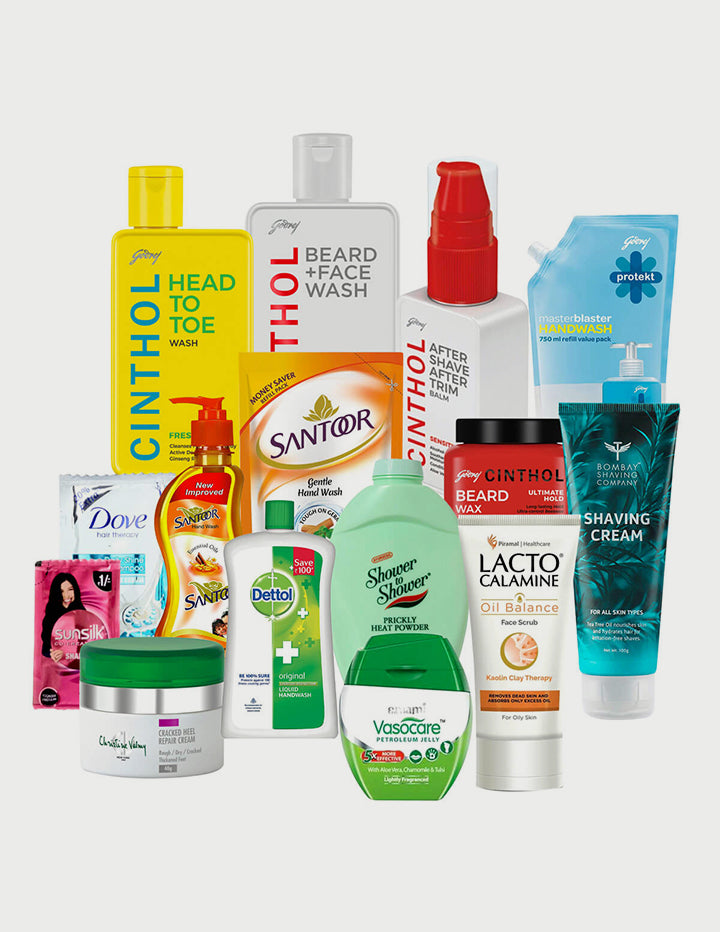In this day and age in which we live today, people have found themselves to be in quite a dire situation.
Due to the COVID lockdowns, we have witnessed many lose their homes because they are unable to pay
their bills due to them losing their jobs because of quarantine. Although the lockdowns have also
subsided, as the virus is contained, people still have to strain their finances and look for solutions to
make cash for themselves and their families so they can stay afloat in their homes and provide a roof
over their family’s head. In this guide, you will learn how to make cash by selling liquidation goods to pay
your bills. If you wish to know more about the liquidation trend, you can ask the owners of liquidation
stores so they can inform you about this topic.
The Rise of Resale Business:
The number of startups that have started appearing keeps growing yearly in all countries. Discount
stores have also seen their sales rise in the past year. Due to the pandemic, many small businesses have
been closed. Thousands closed their doors in 2020 and more so in 2021. There is a silver lining.
However, it allows other business people to acquire opportunities as resellers.
Acquiring Liquidation Items to Resell for Profit:
If you want to acquire liquidation items to resell for profit, you can find various other guides to help you
find liquidation stores. There are multiple liquidation items, both good and evil in value. You could
acquire return pallets from Amazon.
Sorting Through and Preparing Liquidation Items For Resale:
Once you find the liquidation items you wish to sell, you must check their manifest to ensure that the
items you received are those you ordered before unloading. After you have verified that they are indeed
the items you ordered, you can begin sorting through and preparing your liquidation items to be sold.
Checking The Items for Damage:
As you unload your items from the truck, you can visually inspect each of the things to see if they have
acquired any damage that may have occurred during the transportation of these goods. You should
write down the items that have procured damage, as you will need this to make any claims with the
freight company. It should be noted that if you buy raw customer returns, you should expect only some
of the items to be undamaged; they will be damaged; some might be missing their packaging, while
others may be gone entirely. Every manifest is unique, and none are perfect. The industry standard is to
expect at least a 5% variance within the manifest. Look out for the packages that may have fallen over
due to improperly secured containers or pallets that were cursed through double stacking. Obvious signs
of damage to your packaging should be reported to the driver; take photos that show the package still
within the truck.
Unloading the Liquidation Items:
The unloading process may vary depending on the size of your shipment and whether you are receiving
the load at a commercial or residential address. The trucks that deliver the items to residential
addresses should have a lift gate to unload your pallets from the truck to the ground. After the pallet is
put on the earth and outside of the car, you must move it from the truck using a pallet jack or by hand to
your storage location. If you receive your order at a commercial address with a dock, the truck can
unload your items directly into the warehouse.
Acquiring Inventory:
After your liquidation items have been unloaded from the truck and put into your storage location, you
should organize every one of them before storing them. Hence, you can perform a detailed inspection of
each of the goods. You should check every item and check it against the manifest to ensure that nothing
is missing. Plan your storage by putting it in writing, drawing a map of your items, and creating a
spreadsheet showing where each item is located. If you are set on selling your items, try investing in a
UPC scanner and label printer so you can catalog every one of your products when you receive large
orders.
Preparing Shelf-Pulls, Closeouts for Reselling Your Items and Shelf-Pulls:
Liquidation items in these categories should be left unopened to be sold to retail. However, there is a
minuscule chance of damage within shelf-pulls, a particular occurrence of packaging. The possibility of
this happening within shelf-pulls is less than 5%, and occasionally, it can reach as high as 10%; this
depends on the store which they originated from. This is the same for every kind of liquidation store in
every country; a Toronto Liquidation store will face the same issues as every other. For more blogs, You can visit: spelloftech
